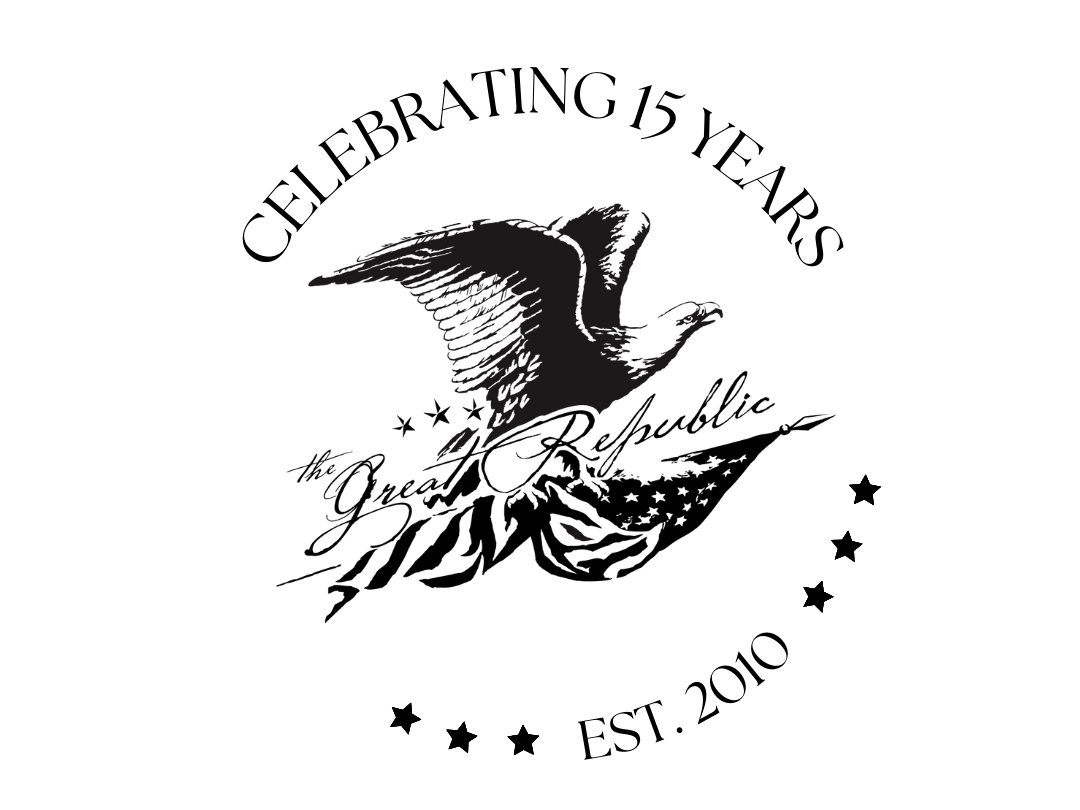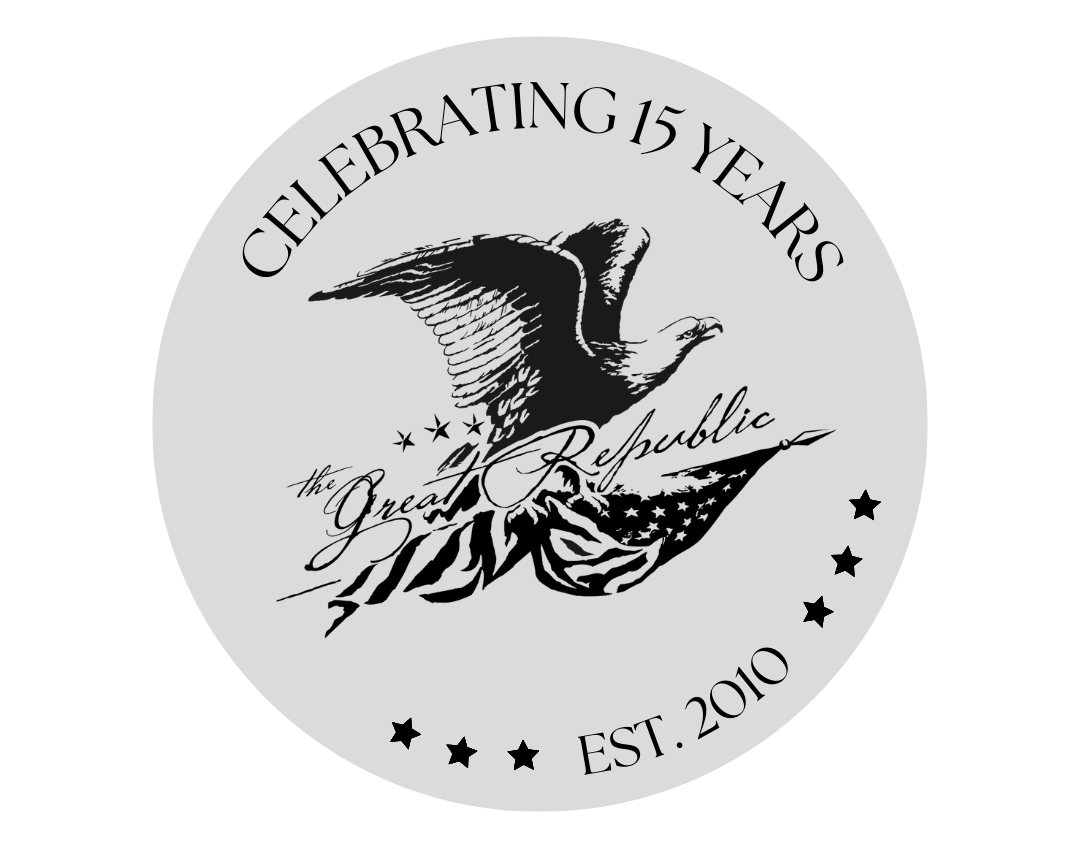Ernest Hemingway and his Literary Critics
Between 1925 and 1961, Hemingway wrote and published seven novels, six short story collections, and two works of non-fiction. He was a leading figure of the so-called Lost Generation and forever changed American fiction. We are lucky enough to have a handful of Hemingway first editions, including a signed printing of A Farewell to Arms and Men Without Women, in our current inventory.
Hemingway’s rise from promising unknown writer to world-renowned figure can be charted by the very newspapers and magazines in which his work so regularly appeared. While it is not always common for an author to be celebrated for his writing in his own time, this was not the case for Hemingway. Reading through the slate of book reviews from that time, one can glean both the fascination with the author himself and the critical appreciation for his short, unadorned phrases and way with words. In fact, the positive critical reviews did much to fuel the cult of personality surrounding this epic writer.
Read the excerpts, below, to track Hemingway's rise to literary fame.

“It is a warm gratification to find the new Hemingway book, “Men Without Women,” a truly magnificent work. It is composed of thirteen short stories, most of which have been published before. They are sad and terrible stories; the author’s enormous appetite for life seems to have been somehow appeased. You find here little of that peaceful ecstasy that marked the camping trip in “The Sun Also Rises” and the lone fisherman’s days in “Big Two-Hearted River,” in “In Our Time.” The stories include “The Killers,” which seems to me one of the four great American short stories… The book also includes “Fifty Grand,” “In Another Country,” and the delicate and tragic “Hills Like White Elephants.” I do not know where a greater collection of stories can be found.”- Dorothy Parker, The New Yorker, October 22, 1927
"There is in A Farewell to Arms no change from the narrative method of The Sun Also Rises and Men Without Women. Ernest Hemingway did not invent the method, which is chiefly to be characterized by the staccato nature of sentences (an effort at reproducing universal conversational habit), and its rigid exclusion of all but the most necessary description. Yet if Hemingway was not the inventor of the method, tentative gropings toward such a manner having been made by many of his immediate predecessors, the author of A Farewell to Arms has, in his several books, made it so strikingly his own that it may bear his name, and is likely to henceforward." – Percy Hutchison, The New York Times, September 29, 1929
"The strange case of Ernest Hemingway is reopened this morning with the publication of "To Have and Have Not," his first novel since "A Farewell to Arms." It is a turbulent, searching story of Key West and Havana in these strange years of grace. There is as much violent action as you will find in a historical novel--and far, far better writing. The characters kill one another as freely as though they were directed by statesmen of civilized nations. It seems probable that this new book--stronger than "The Sun Also Rises," not as good as "A Farewell to Arms"--will do more to renew the uproar than to close the case. The open season for rousing Whither Hemingway? essays is decidedly here again." - Charles Poore, The New York Times, October 15, 1937
"It is fourteen years since The Sun Also Rises and eleven since A Farewell to Arms. More than three hundred years ago John Donne said, ‘No man is an Iland, intire of it selfe; every man is a peece of the Continent, a part of the maine. And therefore never send to know for whom the bell tolls; it tolls for thee.’ Mr. Hemingway has taken this text and, out of his experiences, convictions and great gifts, built on it his finest novel." – Ralph Thompson, The New York Times, October 21, 1940

"Within the sharp restrictions imposed by the very nature of his story Mr. Hemingway has written with sure skill. Here is the master technician once more at the top of his form, doing superbly what he can do better than anyone else." –Orville Prescott, The New York Times, August 28, 1952
Click here to see all available Ernest Hemingway titles at The Great Republic.









